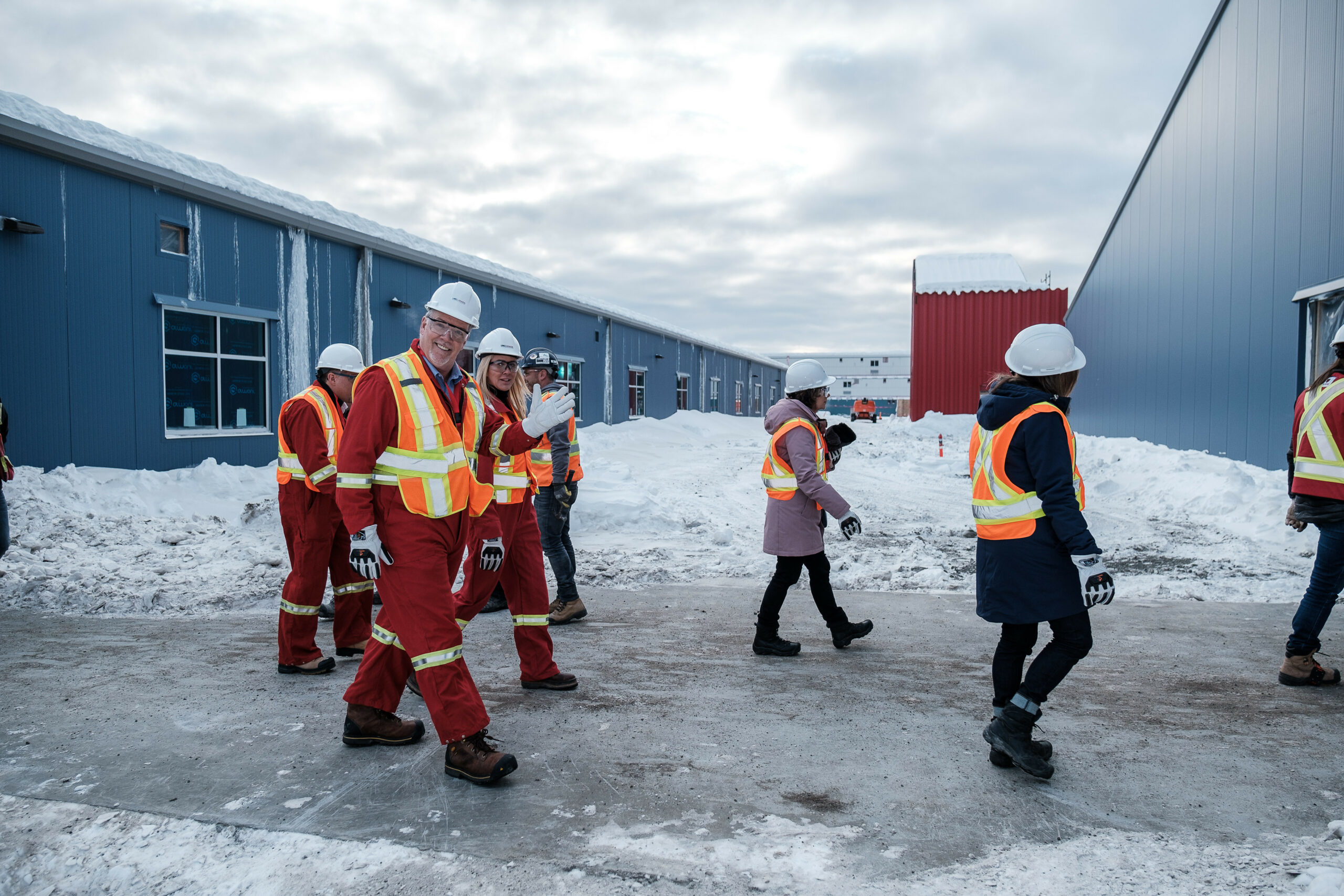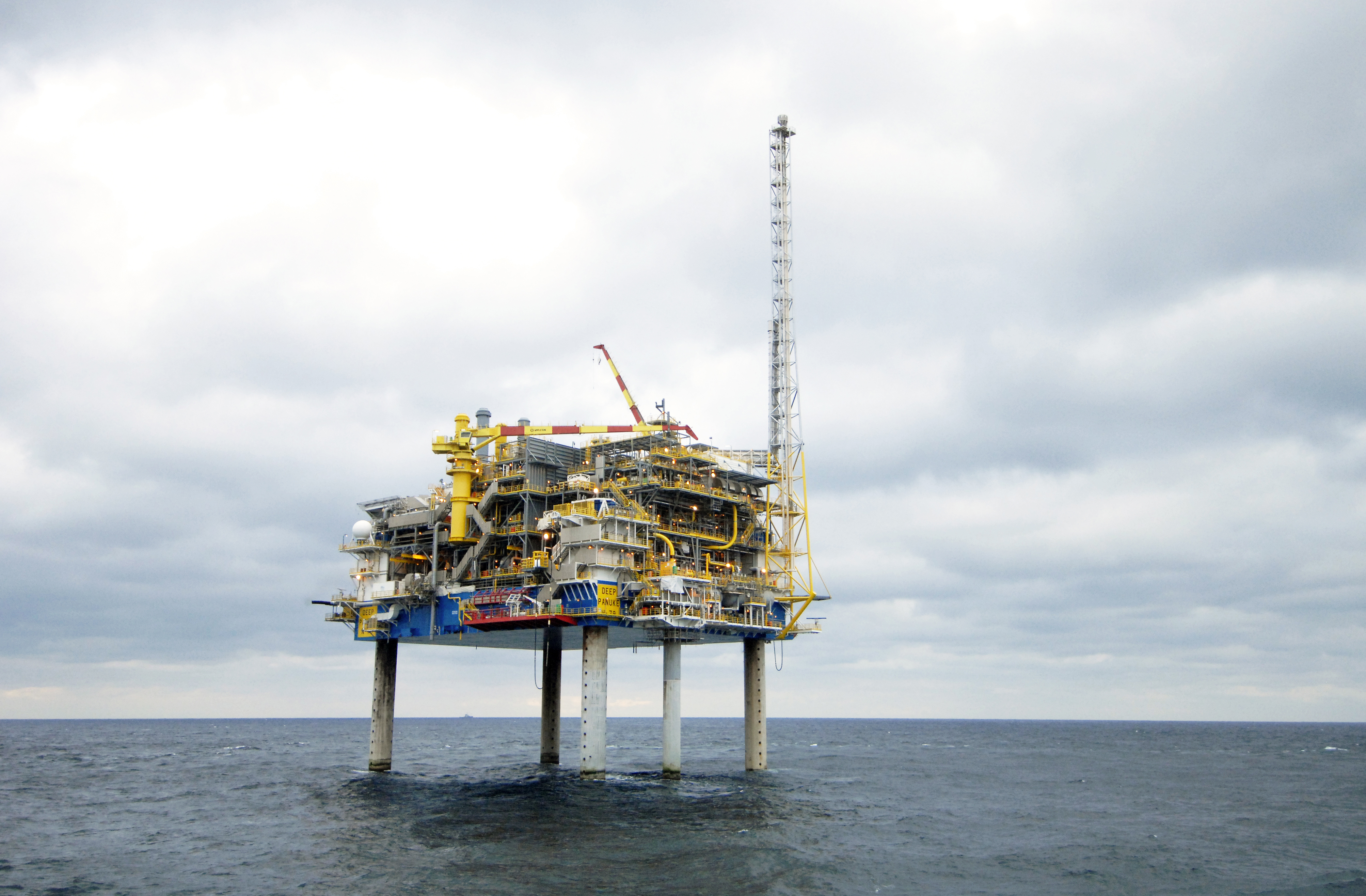
5 things to know about Winnipeg’s big sewage problem
115 billion litres, 70 years to fix, $5.5 billion in lawsuits
The Canadian government has used Russia’s invasion of Ukraine and the removal of Russian natural gas exports to justify increasing natural gas production in Canada. Much of the necessary infrastructure for producing and transporting this liquefied natural gas (LNG) would, however, take years to develop, locking Canada into an emissions pathway that is incompatible with the 1.5 C climate target.
How policy-makers talk about energy production hints at governments’ plans for our transition from carbon-based energy sources like oil, coal and natural gas to renewables like wind, solar and geothermal. Stakeholders on both sides of the energy transition — fossil fuel companies and climate activists — are now eagerly competing to make them use their preferred language.
Lately, the fossil fuel industry has begun referring to natural gas as a “bridge fuel” or an essential part of a low-carbon energy transition. Climate researchers stress that natural gas bridges can often lead to nowhere. Reliance on natural gas can lock countries into fossil fuels, crowd out low-carbon technologies and risk stranding assets — assets like coal mines and hydrocarbon reserves that drop in value as a result of energy transitions.
Our research finds that this bridge narrative is growing in Canada and making inroads in climate policy, and fossil fuel companies are winning the battle on how we talk about natural gas expansion.
There are at least two main bridge fuel narratives or frames in Canada — each one tied to a particular regional economic and political reality as well as where each region is located along its unique decarbonization pathway.
First, the conventional bridge fuel frame emerging from Alberta acknowledges that natural gas electricity production contributes to greenhouse gas emissions but positions it as a lower-carbon alternative to coal. The Alberta government opposes a managed transition away from oil and gas and instead focuses on trying to reduce emissions released during the production and transmission of natural gas.
Second, the bridge fuel narrative in British Columbia focuses on the argument that expanding LNG production and exports could reduce emissions overseas — what we refer to as the “global bridge narrative.” The global bridge frame positions the province’s LNG industry as a way for other countries like China to reduce their reliance on coal.

The life-cycle of methane emissions — the emissions from production to consumption — from natural gas could actually result in higher life-cycle emissions overall. This framing also overlooks the significant underestimation of methane emissions from LNG production in Canada (and sidesteps B.C.’s position as the leading exporter of Canadian coal).
But the global bridge narrative has been incredibly durable in B.C., so much so that the Canadian LNG Alliance contends that the fossil gas industry can even contribute to meeting B.C.’s climate targets.
However, increased production will instead add emissions not accounted for in B.C.’s climate policy.
On the other side of the country, the natural gas narrative is more muted.
Despite Newfoundland and Labrador’s continuing offshore oil and gas production and New Brunswick’s petroleum refining industry, the Atlantic provinces are less confident about the transition benefits of natural gas. Instead, they are focusing on switching home heating from oil and diesel fuel to alternative methods such as heat pumps, although natural gas has emerged as a potential replacement for coal-fired electricity.
Other provinces like Manitoba that are less reliant on natural gas are also planning to navigate the energy transition without a natural gas bridge, while Ontario’s bridge narrative positions natural gas mainly as an energy source for transportation and home heating.
The uncertain position of natural gas in regional climate plans affects the speed of future decarbonization in Canada and beyond.

Though oil and gas industry associations are powerful actors, their economic interests are not always aligned with one another. And we are seeing evidence of diverging interests in the oil and gas industry in Canada. For example, the Canadian Association of Petroleum Producers is yet to embrace the bridge fuel frame, doubling down on the idea of natural gas as Canada’s “destination fuel.”
Meanwhile, other industry associations like the Canadian Gas Association are more open to a wider range of transportation and heating fuels, not just natural gas. Anti-fossil fuel advocates can leverage these tensions to challenge the idea of natural gas as a bridge or destination fuel.
While traditional climate denialism has fallen out of political favour in Canada, our research finds that climate delay is alive and well in policy discussions.
Climate delay acknowledges that climate action is necessary but obstructs rapid change, justifying minimal action. Our research finds that bridge narratives reinforce climate delay by reassuring citizens that decarbonization will happen in the future while entrenching support for ongoing natural gas production today.
For many provinces, natural gas expansion provides an alluring solution to the pain of transitioning away from petroleum, one which says that we can scale up oil and gas production and decarbonize our electricity, transportation and housing sectors without any losses.
However, decarbonization will have real costs for oil producing provinces and successful policy-making needs to address these impacts up front. Talking about real costs also means establishing credible commitments regarding the anticipated pace of energy transitions.
Bridge fuel narratives distract us from considering how long our decarbonization journey will take. An honest conversation about our energy future must include proven non-emitting technologies, such as scaling up wind, solar and geothermal production and building inter-provincial transmission lines rather than locking in our dependency on natural gas.
Get the inside scoop on The Narwhal’s environment and climate reporting by signing up for our free newsletter. On a warm September evening nearly 15...
Continue reading
115 billion litres, 70 years to fix, $5.5 billion in lawsuits

Climate change, geopolitics and business opportunities power a blue economy

10 billion litres of sewage are dumped into Winnipeg’s lakes and rivers each year. Some...
